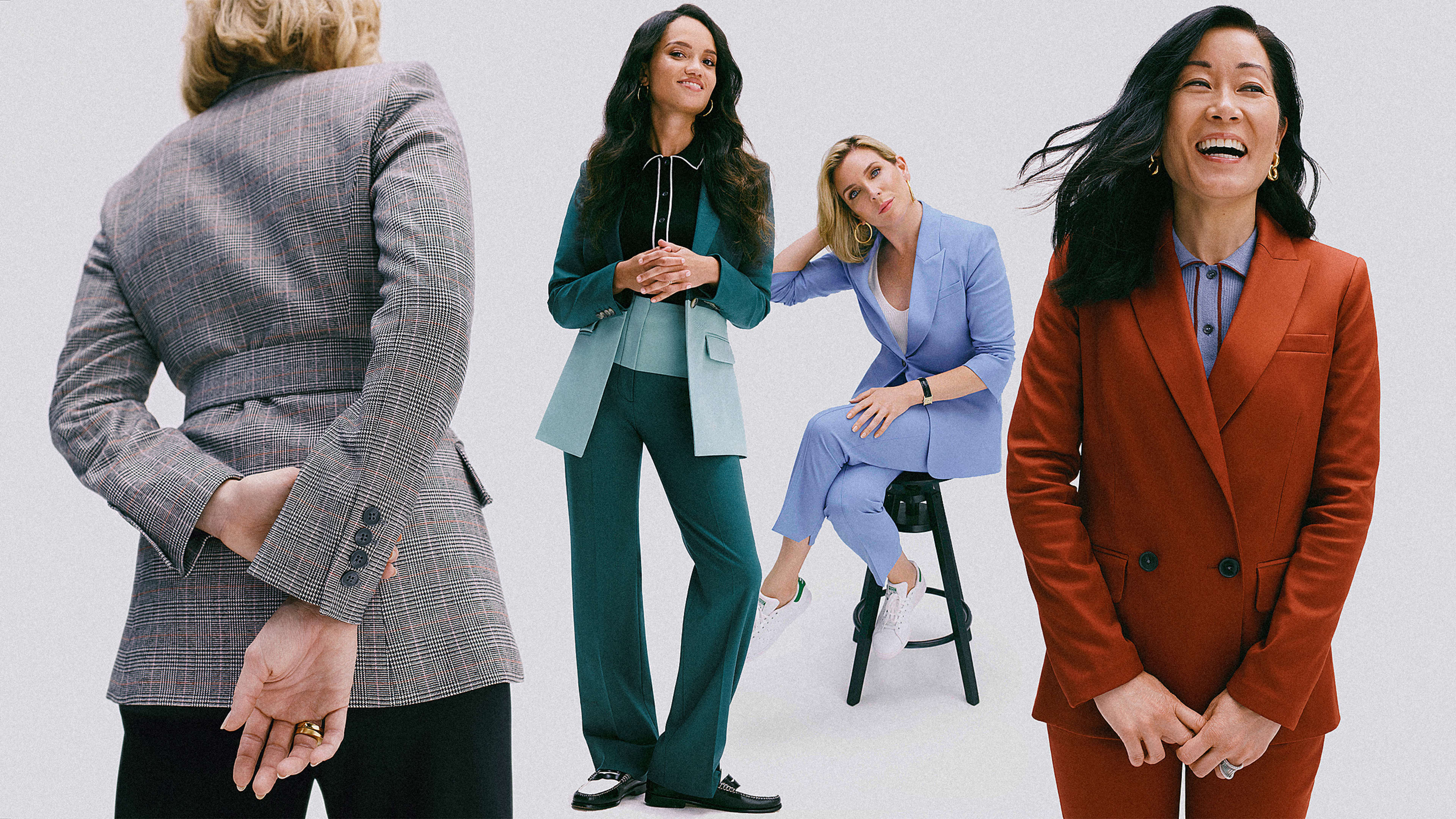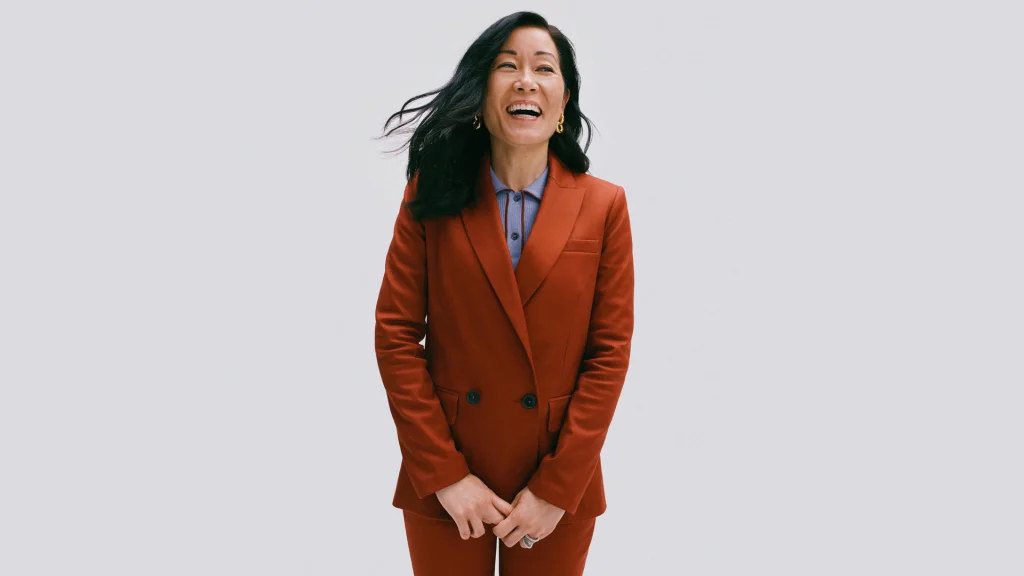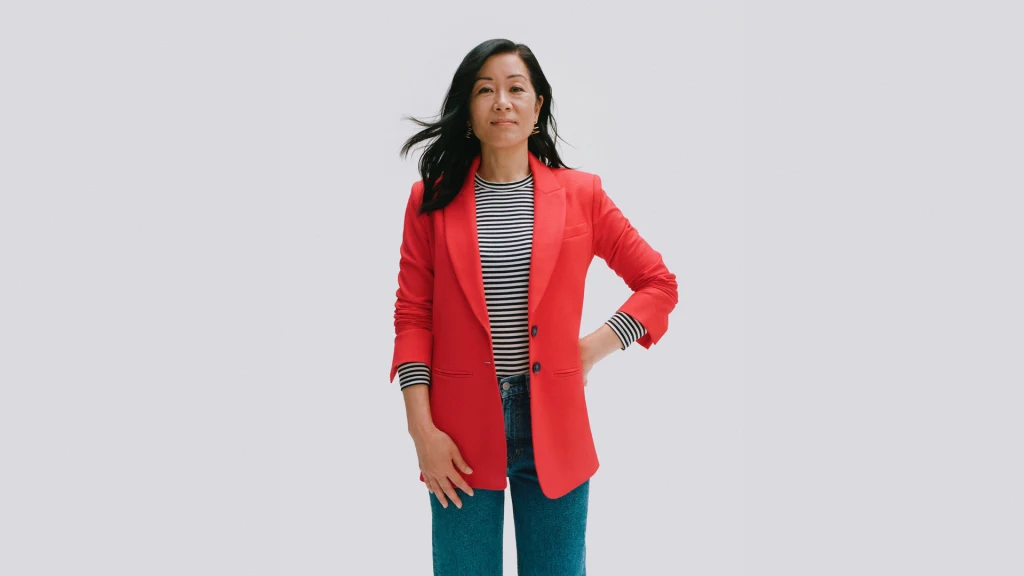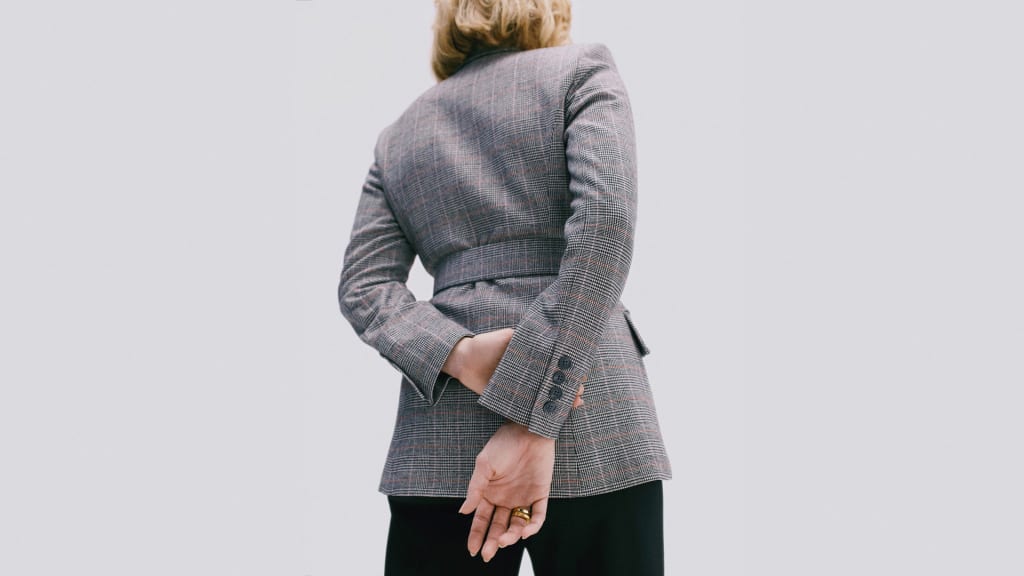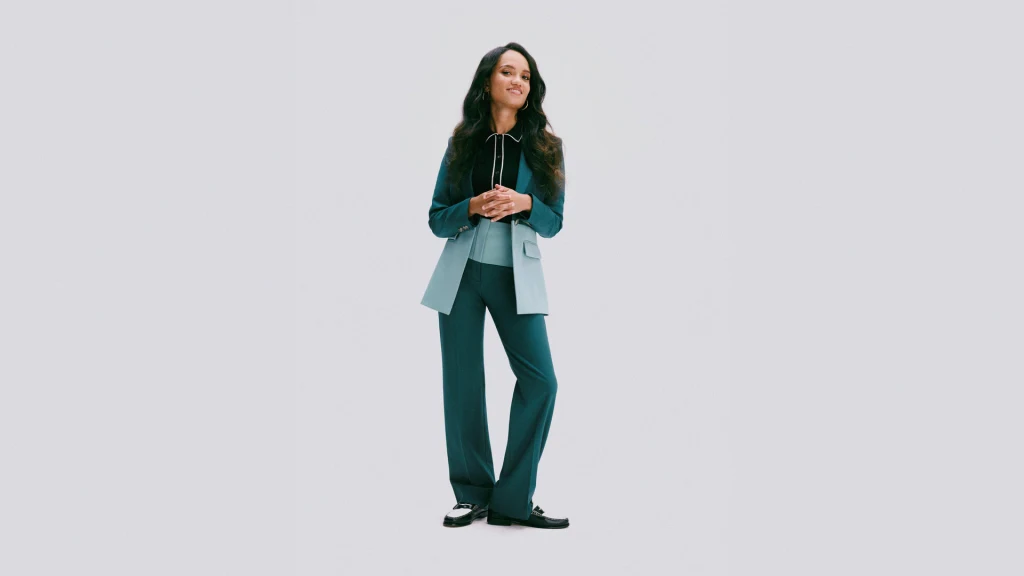When Kamala Harris spoke to members of The Wing about her presidential run earlier this year, she wore a loose-fitting electric pink suit with gold buttons that telegraphed both feminist empowerment and a chill California vibe. Cynthia Nixon showed up to the state Democratic Convention last year while running for New York governor in a dapper, masculine, double-breasted suit with pointy white loafers that signaled she was ready to take on a position that had only ever been held by men. Alexandria Ocasio-Cortez arrived on the House floor to argue for the LGBTQ Equality Act in a bold, attention-grabbing black and fuchsia suit that reflected the color and vibrance of the community she was fighting for.
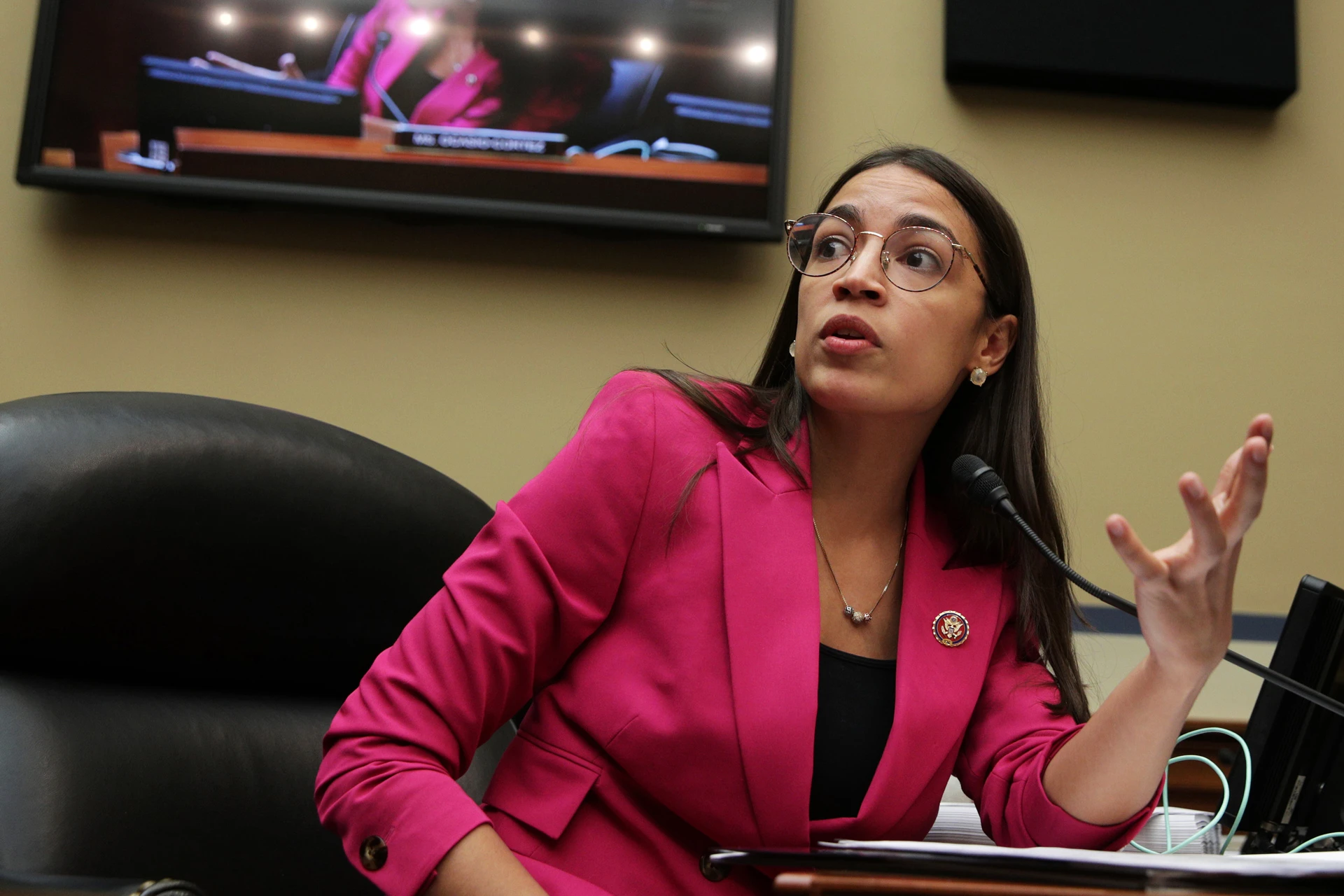
For centuries, the suit has been a symbol of male power, and the original reason many women adopted it was to blend into male-dominated spaces. But fashion historian Cassidy Zachary believes that the suit has been so widely adopted by women over the last few decades that it has become gender-neutral.
“Suits have been one of the most gendered garments in history,” she says. “But they have lost some of that symbolic power because they have been universally adopted across the spectrum. We’re at a point now where women are no longer wearing suits to project male power, but rather the power and autonomy inherent in themselves.”
The fraught past of political fashion reveals that the simple act of dressing as a woman in office has always been complex. And now, more than ever, fashion plays a role in shaping the public’s perception of political women.
The first “severely-gowned woman” in Congress
To understand the place of the women’s suit in politics today, it’s worth looking at why female politicians of the past adopted the pantsuit in the first place.
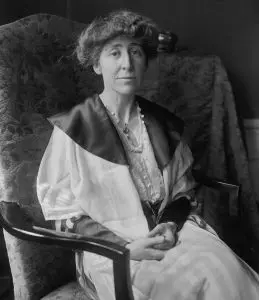
For the next 75 years, the social mores around gender and clothing changed dramatically in the United States, as women began wearing jeans and trousers. Fashion historian Heather Vaughan Lee says that starting in the 1970s, the “woman’s power suit” came into vogue, spurred by the large number of women entering the workforce. It was characterized by masculine-style broad shoulders and exaggerated shoulder pads. High-profile designers including Valentino, Yves Saint Laurent, and Giorgio Armani created their own versions of the power suit. “Fashion designers recognized [women’s] need for appropriate professional, yet stylish, attire that displayed their economic power and status,” says Lee.
And yet the convention in Congress remained: Women wore skirts, rather than trousers. In 1993, newly elected senator Carol Moseley Braun showed up to work in an Armani pantsuit, not knowing about this unspoken rule, eliciting audible gasps from her colleagues. But this also spurred the first major tectonic fashion change among women in politics. When Braun’s pantsuit became the subject of discussion, other female senators decided to wear suits in an effort to break the stigma of women wearing suits on Capitol Hill.
Pantsuits offered women in public office some new freedoms, like being able to walk and sit more comfortably than they could in skirts. But ultimately, the reason for women in power to wear suits, Lee says, is that it is a signaling mechanism. As I’ve reported time and again, suits have historically been associated with male power, and when women first began wearing suits, they were taking on and projecting some of this power. “Power suits developed in order to convey women’s economic and professional power, and to put them on more equal footing with men in the workplace,” says Lee.
However, something has changed over the last few decades. As Zachary points out, trousers and suits have been worn by women for such a long time now that they are no longer necessarily just a symbol of male power. “Women have by now successfully co-opted the pantsuit, and with that comes the ability to build on its foundation,” Zachary says. “It is still a symbol of power, but it’s not male power they are channeling, but rather their own power and autonomy. Women in politics today can take advantage of that as a way to express themselves and their beliefs.”
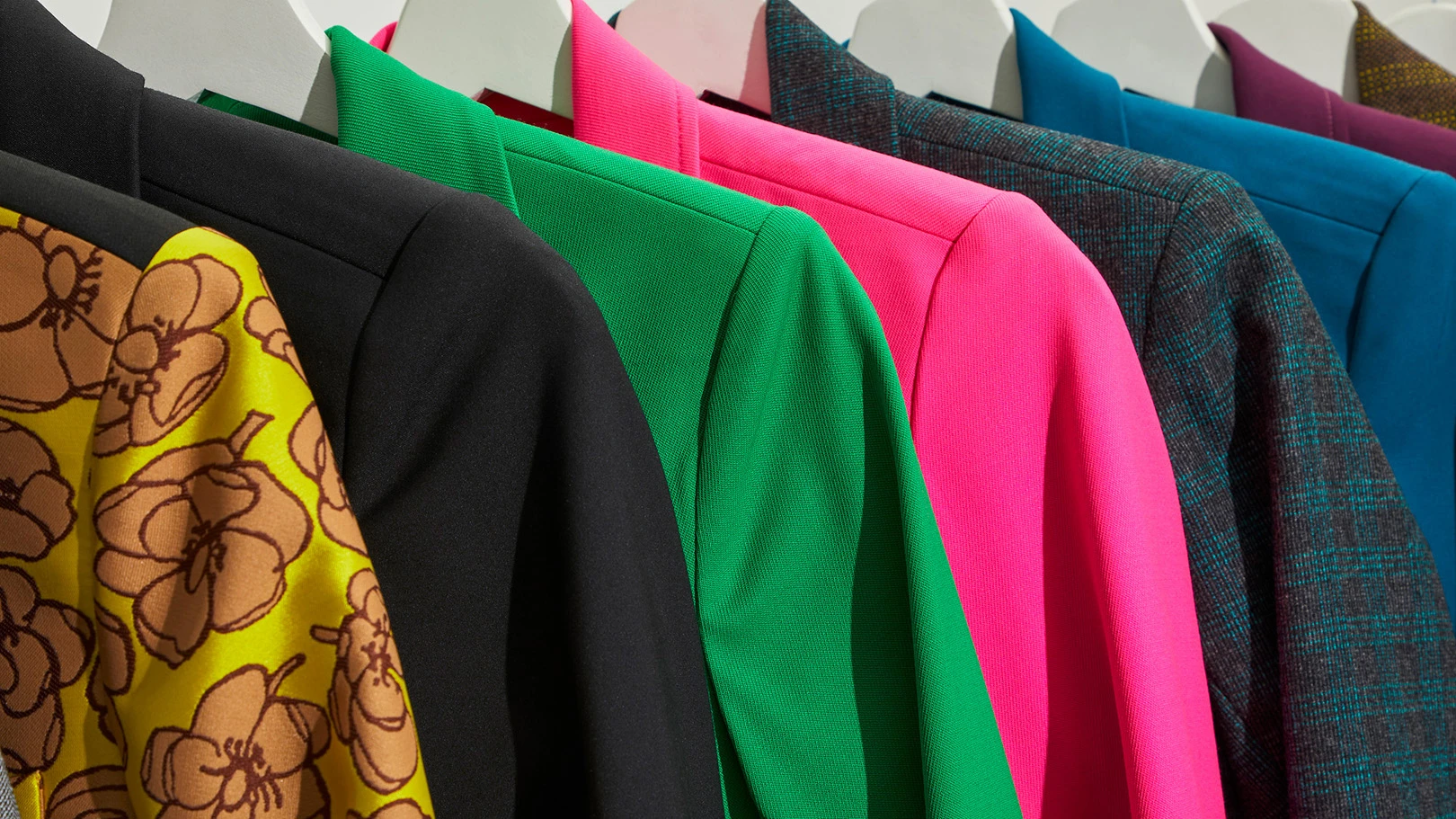
Hillary Clinton and the pink wave
Hillary Clinton undoubtably changed what the suit could be to women in politics. Throughout her decades in public office as senator and secretary of state, Clinton’s preferred outfit was the pantsuit. But unlike many of her colleagues, she leaned heavily into color.
While it is common for women in politics to wear suits in colors that reflect their political affiliation—reds for Republicans and blues for Democrats—Clinton went beyond these simple semiotics. She often expressed herself using color and texture, with suits that spanned every shade of the rainbow, including bold yellows, oranges, and purples. Each choice had a distinct meaning. In her memoir What Happened, Clinton says she wore purple to give her concession speech after losing the presidential election, as a nod to bipartisanship, since blue and red equals purple.
Zachary says that women are able to tap into color in their choice of suit, whereas it is less acceptable for men to do so. “For 200 years, men have embraced dark suits as a form of uniformity in professional attire,” she says. “They have never fully recovered from that. Women, on the other hand, are not bound by this norm, so they can express themselves sartorially through color.”
This is something that Clinton seemed to instinctively understand. By the time she was on the presidential ticket in 2016, she was so indelibly connected with colorful pantsuits that women went out to the polls to cast their votes for her in suits inspired by her.
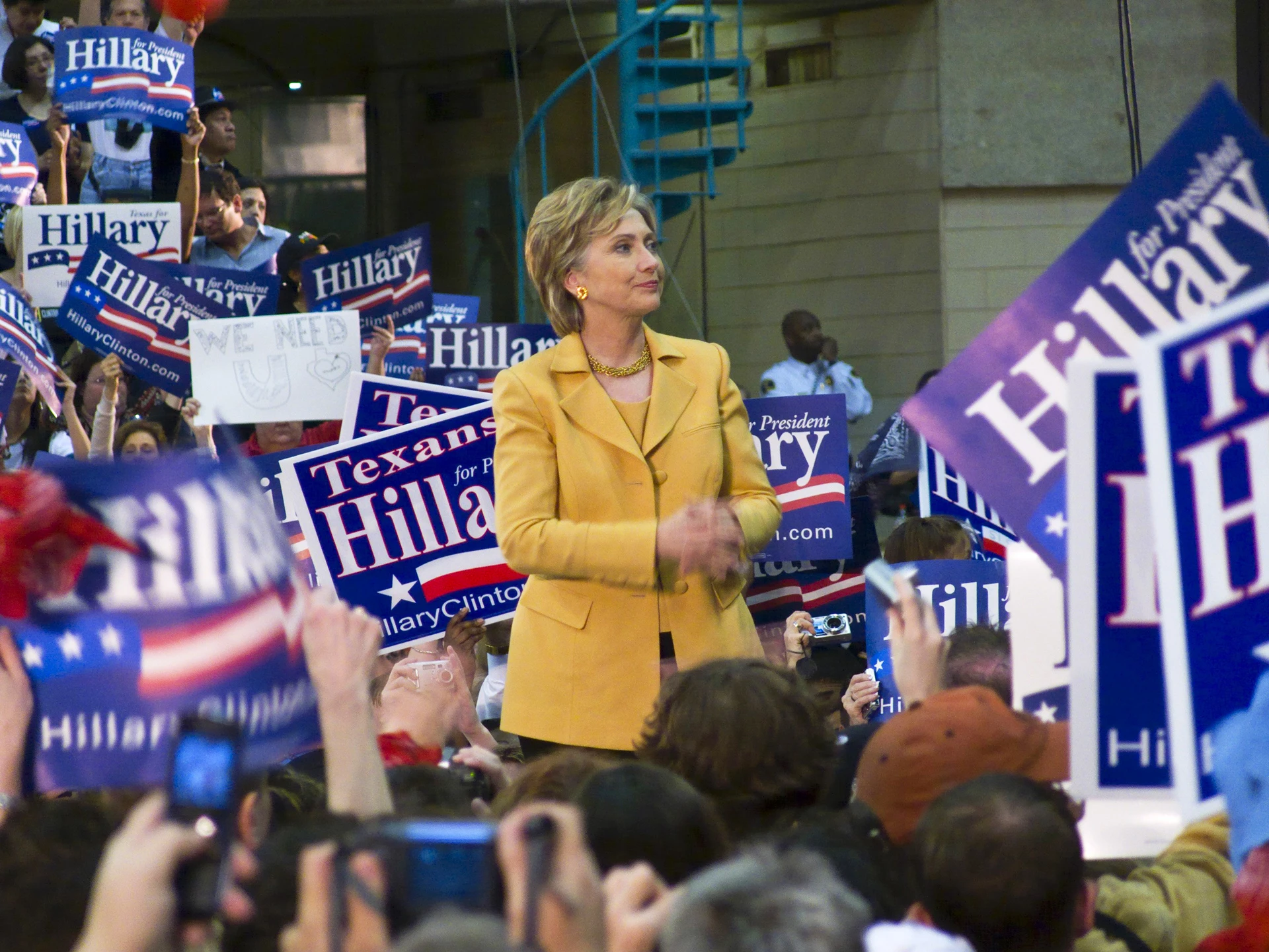
But it’s easy to forget how much criticism Clinton faced throughout her career for her choice of outfits. One notable indictment of her suits occurred in 2008, when Clinton was running against Barack Obama in the Democratic primary. Award-winning fashion critic Robin Givhan presented an extensive criticism of Clinton’s suits in Harper’s Bazaar, arguing that they were not glamorous or stylish enough.
How many does she have in her closet by now? Twenty? Fifty? Has she moved into the triple digits? Is there some senior adviser with a Singer stitching them up in a back room? After a while, we’ll get used to seeing her in three-button buttercup-yellow blazers or five-button periwinkle ones.
Givhan’s story went on to present a photo essay featuring 35 images of Clinton’s head photoshopped onto models wearing off-the-runway body-hugging outfits in an effort to offer her ideas of how she could dress if she were to become president.
The constant analysis of Clinton’s clothing choices was laced in sexism. It was the same sexism that other female politicians have faced, but as a presidential candidate, Clinton faced constant scrutiny. Looking back, it is clear that she was rewriting the rules about women’s clothing in the political arena: She was choosing to take on the power the suit represented but reflect her personal preferences and personality traits through them. And yet she was constantly accused of not doing more to look feminine or fashionable.
Male politicians are not exempt from fashion scrutiny. Obama himself was famously criticized for wearing a tan suit to a White House news conference, which Republicans said pointed to a “lack of seriousness” on the president’s part. But any recent discussion about a male politician’s attire pales in comparison to the obsession with what their female counterparts wear.
Despite all of that, Clinton blazed many trails for women in politics. Some attribute the record number of women running for political office—including the Democratic presidential primary, which currently includes women who will take the stage in the latest televised debate this week—to Clinton’s efforts to break the glass ceiling in politics. She also opened up new possibilities in terms of what fashion in politics, and in business in general, could look like.
https://www.instagram.com/p/Bka5j_dgtaU/
It’s a shift that Sali Christeson, the founder of women’s suiting startup Argent, has noticed since she launched her company three years ago. Argent’s suits have become popular among women on Capitol Hill. Clinton was an early adopter of the brand, gravitating toward the very boldest suits in the collection, including shiny pink and blue checkers, neon pinks, bright blue plaids, and green basketweave patterns. Kamala Harris, San Francisco Mayor London Breed, and San Francisco mayoral candidate Jane Kim have all flocked to the brand.
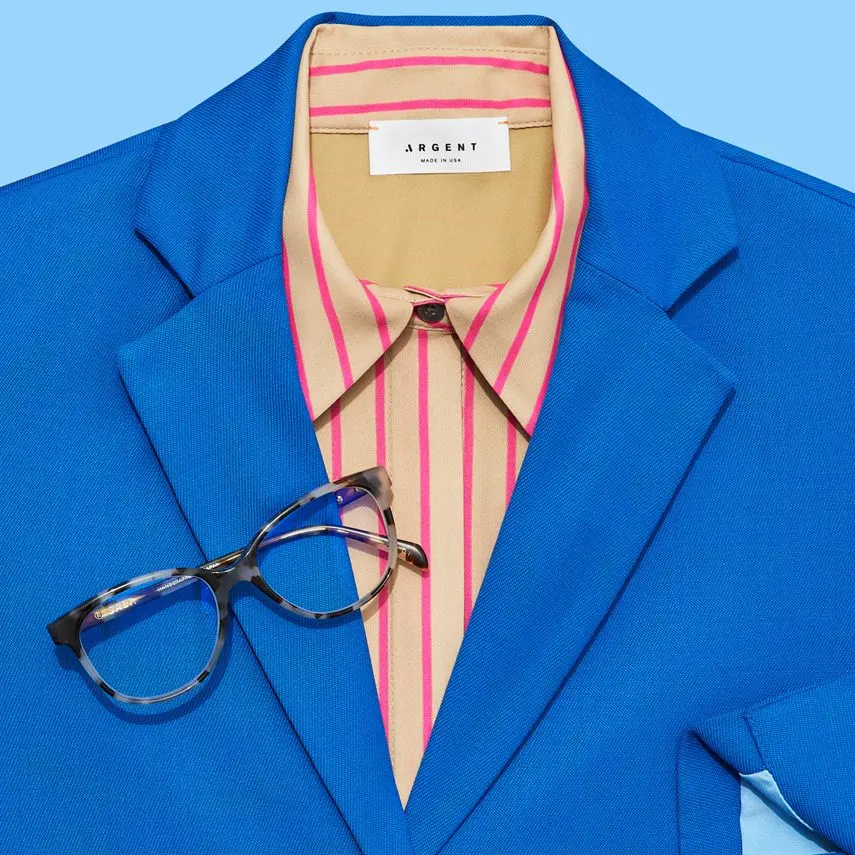
“Even just four years ago, dressing for women in politics was about playing it safe,” Christeson says. “But there have been cultural changes that have led women in politics to embrace dress as a way to communicate confidence and boldness. I think part of this comes from Hillary Clinton, who came closest to the White House and modeled what presidential power might look like in a woman.”
The brave new world
Other female politicians are also leading by example when it comes to the way clothes can be wielded as a tool to help express or underline a political message.
Alexandria Ocasio-Cortez has exemplified this: She often tweets about her fashion choices to help people understand what they symbolize. When she was sworn into office, she wore a white suit, “to honor the women who paved the path before me, and for all the women yet to come,” as she said. “From suffragettes to Shirley Chisholm, I wouldn’t be here if it wasn’t for the mothers of the movement.” She wore bright red lipstick and hoops as well, and explained her choice via tweet.
Lip+hoops were inspired by Sonia Sotomayor, who was advised to wear neutral-colored nail polish to her confirmation hearings to avoid scrutiny. She kept her red.
Next time someone tells Bronx girls to take off their hoops, they can just say they’re dressing like a Congresswoman. https://t.co/eYN5xYFcTE
— Alexandria Ocasio-Cortez (@AOC) January 4, 2019
Yet Ocasio-Cortez and her contemporaries still face direct and indirect sexist criticism for how they choose to dress and present themselves.
In her memoir Becoming, Michelle Obama talks about how much criticism she received for paying for a stylist as well as hair and makeup artists while she was first lady. While it’s customary for businesspeople and celebrities to rely on stylists, in politics such spending is deemed an inappropriate use of taxpayer money or political donations to pay for experts to help you dress.
Instead of stylists, some women running for office sometimes attend coaching sessions about how to use their sartorial choices to help them in their campaigns. This decision-making takes time and mental energy—a form of extra work that female candidates must take on themselves. At the very best, they may have help from their aides and consultants who offer general advice about self-presentation. But this is not the same as keeping abreast of brands, calling in suits and accessories, then having them tailored and customized.
“Women running for president are often told that they don’t look presidential,” observes Christeson. “But that’s because we haven’t had a female president, so we have no expectation of what one would look like. So these women have to be so much more careful and mindful about what they need to wear, without spending any dollars on a stylist. Meanwhile, their male counterparts can focus on their policies and operational parts of their campaigns.”
In other words, even though the rules are now changing about what women in politics “can” wear, many female politicians can’t fully take advantage of it, simply because it takes resources that many of them don’t have. Still, Christeson believes that as the norms of fashion in politics are changing, and more candidates will begin to use their clothes to express their personalities and reinforce their political messages.
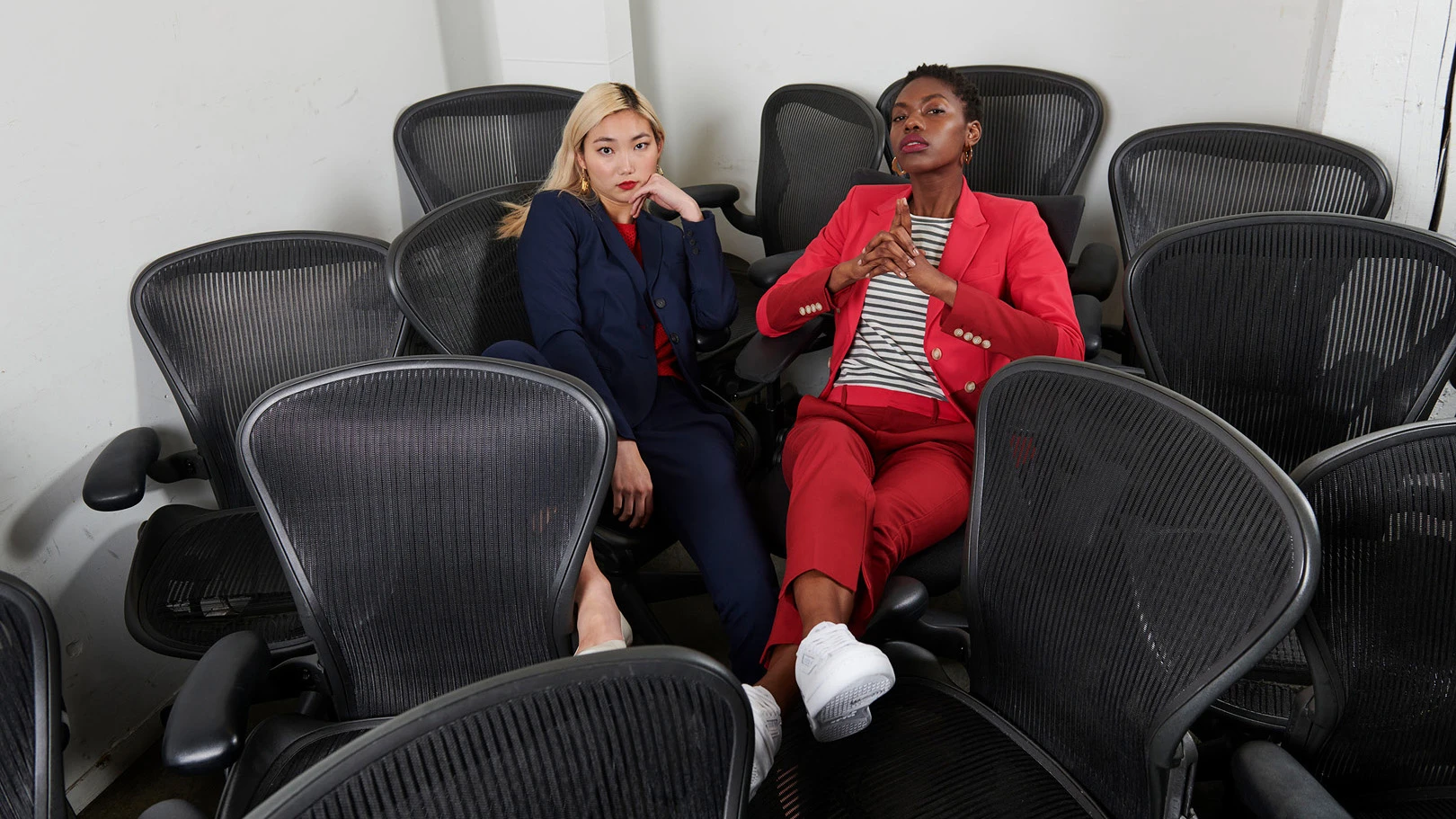
We’re already seeing this play out in the 2020 Democratic primary. In the debates that have taken place so far, female candidates have allowed their suits to speak on their behalf. In one debate, Marianne Williamson showed up in a paisley top underneath a light blue suit that was reminiscent of clouds, hinting at her message that the country needs a “moral and spiritual awakening.” In another, Tusli Gabbard wore a striking all-white suit, allowing her to signal her feminist beliefs without saying a single word about it.
So as you tune in for the next primary debate this evening, keep an ear out for commentary—and an eye on the suits. On a crowded stage, where candidates have hardly any time to speak, sometimes fashion choices can speak louder than words.
Recognize your brand’s excellence by applying to this year’s Brands That Matter Awards before the final deadline, June 7.
Sign up for Brands That Matter notifications here.
